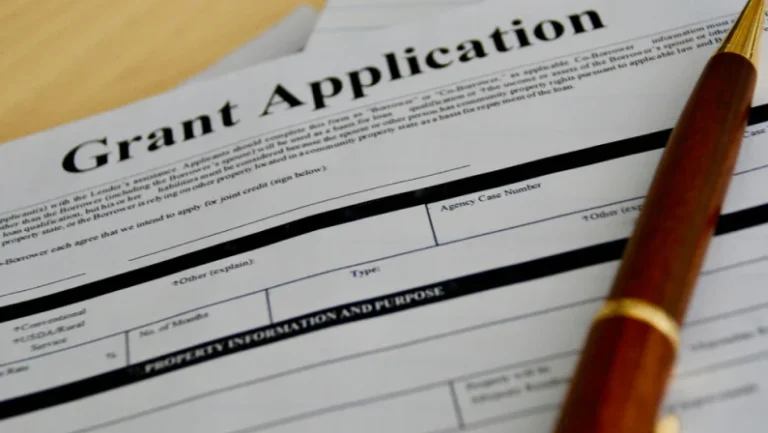As RFPs and funding continue to roll out from the Bipartisan Infrastructure Law (BIL; also known as the Infrastructure Investment and Jobs Act and Bipartisan Infrastructure Deal), states and other federal entities should be creating and preparing their IIJA command center to capture federal funding for each respective entity. The command center will act as the main source of information flowing in and out of the entity and provide a designated space and area for your team to work. Individuals working in the command center will prepare for and execute on new and existing programs.
To create an effective command center, team leaders must create an overall strategy by asking the following questions: Which BIL fundings are the priorities? Which opportunities do we need to identify and go after? Where would the funding be most beneficial? What local issues need immediate attention? While teams should focus on rectifying immediate issues, team leaders should also consider issues that may arise during the next 10 to 15 years and plan accordingly.
Command centers should be set up in the region that would benefit most from the BIL federal funding. Command centers integrate the work for various municipalities and states and coordinate the right individuals to capture the BIL funding. The command center will also develop a well-executed supply chain management (SCM) strategy for the geographic regions the funding will be going towards. Vertical markets and specific projects will be included in the SCM strategies. Building the SCM plans into your proposals early on will be more convincing to the federal offices.
After developing the overall strategy, your team should create capture strategies and plans for each identified opportunity, the office that the opportunity comes from, and the estimated timeline of the entire process, from initial capture work to completed submission of the proposal. Capture team leaders should develop relationships with the decision makers at each office and have a complete understanding of the requirements for each RFP or grant. Capture leads will penetrate each agency with specific goals and priorities in mind.
While the capture lead is building relationships with each decision maker in the various offices, the proposal lead in the command center should be developing a proposal strategy for each opportunity. Before the RFP or grant is released, the proposal team should already be prepared with the necessary documents and information to ensure a smooth delivery process. Proposal teams should anticipate a 30-page proposal and a due date within 10 days of the RFP or grant being released. Listen to our podcast episode, “What You Need To Know About Proposals and Grants” for in-depth analysis and advice on the Bipartisan Infrastructure Deal from one of the best proposal writers in the country, Mary Kay Holmes.
Once the project is initiated and your command center has captured the BIL funding, the team’s priority should become creating new jobs and placing individuals into the jobs created by the funding. This funding will sustain individual jobs and the economy.
If your team needs assistance building a command center, setting up a capture team, finding qualified proposal writers, determining capture strategy, building a substantive supply chain, or want consulting on which opportunities your team can successfully win, reach out to our team today. Email us at lsicommunications@lsiwins.com.





